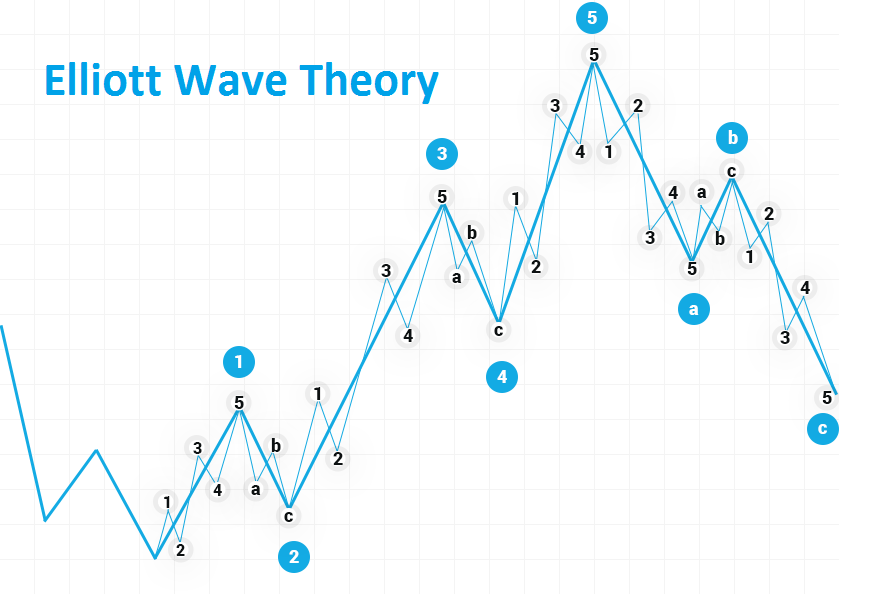How to Apply Stop loss or Take Profit on Trades
What is Stop Loss?
A stop-loss order is placed by a trader on trade to limit the loss. As the name suggests, a Stop-loss order puts an end to the trade when it reaches the particular amount of loss determined by the trader. It helps investors to prevent large and uncontrollable losses. Not using the Stop loss order while trading is something that is not recommended to any trader. Not using stop-loss can lead to uncontrollable losses and one may end up wiping out the entire account just in a short period of time.
Types of Stop-loss Orders.
Volatility Stop: Although Volatility is an important aspect of trading, it can also lead to major losses in investment. Volatility refers to the change in price over a short period of time. Volatility stop-loss order triggers when there is a large price change in the investment being made. This leads to controllable losses and reduces the loss margin.
Time Stop: As the name suggests, this type of stop loss ends the trade after a specific period of time. Time stop-loss is majorly used by intra-day traders.
Traders apply a time-stop at the beginning of the day and end their trade at dawn.
Percentage Stop: In this type of stop-loss, the trader determines the percentage of risk he/ she is willing to take. Suppose if a trader invests $10,000 and sets a percentage stop-loss of 2%. Then the trade will automatically shut if the trader faces a loss of $200.
How to Stop loss Works in Trading
What is a stop-loss order? Put simply, risk-averse traders and investors will consider developing a stop loss strategy to protect their investments. A stop-loss order is triggered in the market once the price of an asset drops beneath the stop price specified by the trader. In this scenario, the market order would be executed, selling at the next available price below the stop loss level. Let’s say for example that you bought 10 shares in Company ABC at £50 apiece – an investment totaling £500. You go on to set a stop-loss order at £40. The share price of Company ABC goes on to tumble in the days after you open your position and it breaches the £40 stop loss. The stop-loss order is triggered, and your position is closed at £39.95 for a loss of £10.05 per share.
What is Take Profit order in Forex Trading?
One of the most important pre-calculated price levels used by traders today is called Take Profit. This is a type of pending order that is placed to close a profitable position once the market reaches a specific price. As the name suggests, it allows the trader to set a predefined level to lock in any profits. In other words, it takes the profit as it closes the position. Take Profit is abbreviated as (T/P). For example, a trader goes long (in other words, enters a buy position) by entering the market at 1.2980, expecting prices to rally higher. He wants to benefit from the rise, so he places a Take Profit order at a level higher than the entry price, say 1.3180. If the Bid price hits the predefined Take Profit price at 1.3180, the position is closed and profits are locked in.
When should I use a Take Profit Order?
Take Profit is best used with a short-term strategy. You can get out of the market as soon as you hit your profit target, without letting your gains slip away in a later downturn. Take Profit can also pay off when you’re trading against the trend, as prevailing trends tend to continue over time Read More...


Comments
Post a Comment